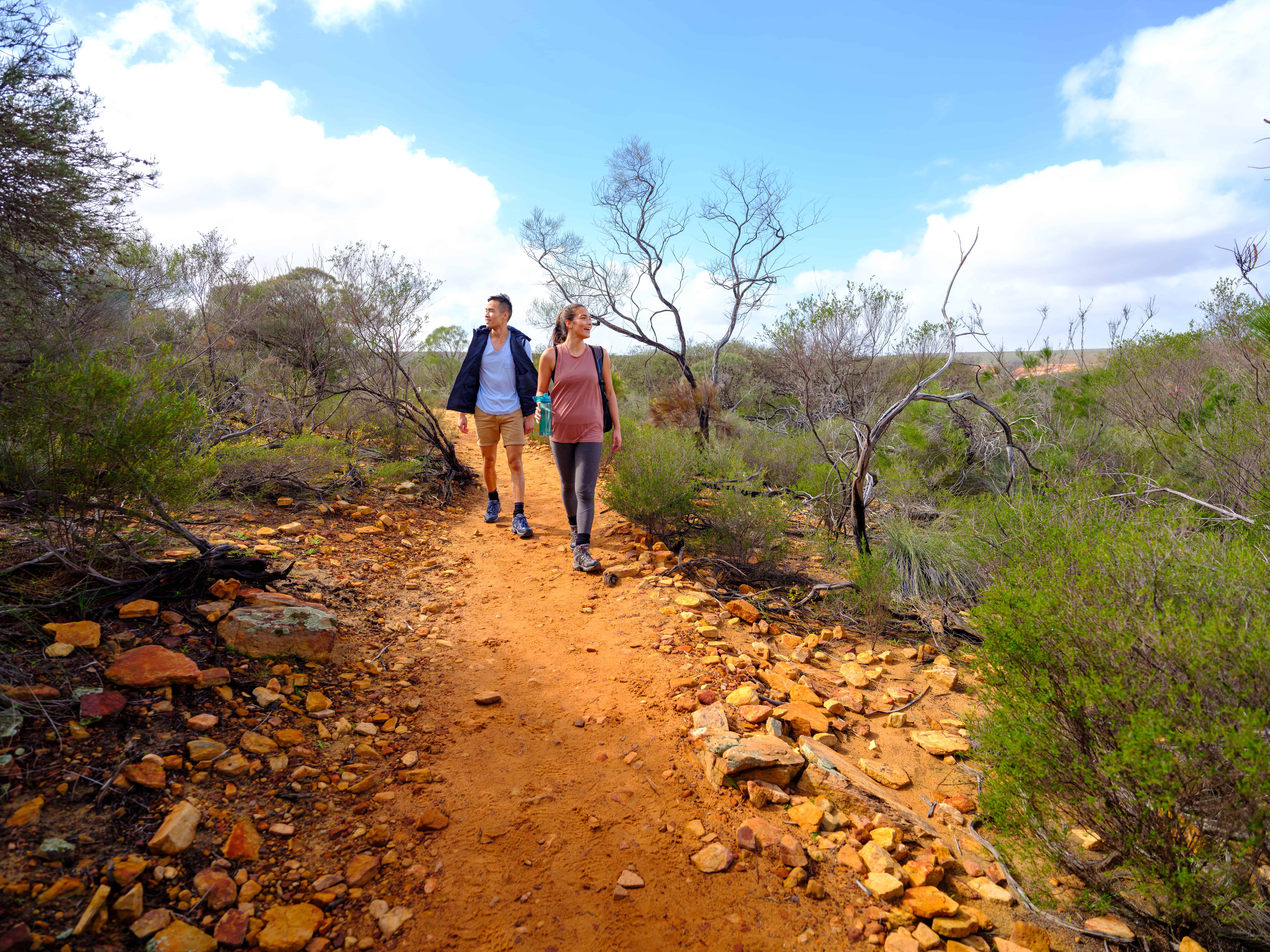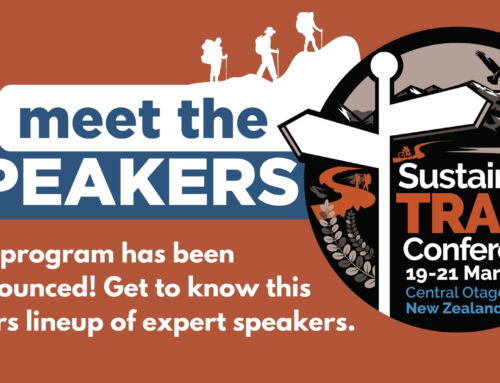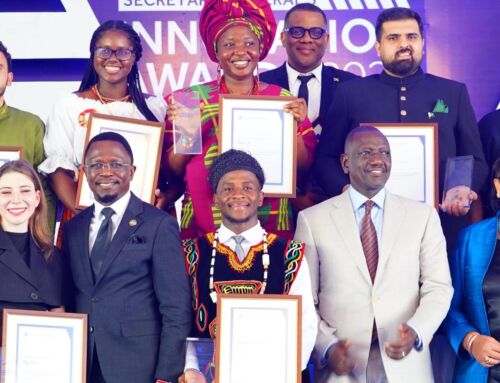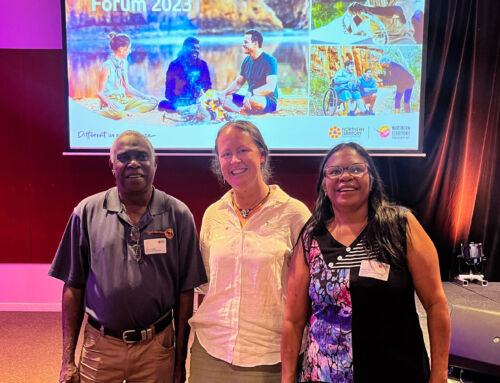The establishment of ‘quality trails’ has been deemed a priority for Western Australia, as quality trails have the ability to create numerous benefits for communities on an economic, tourism and social level. With increased global demand for a diversity of trail uses and experiences, the provision of well planned, designed and constructed trails is vital. This ensures that trail activities are undertaken in a way that protects natural and cultural values and is environmentally, socially and operationally sustainable over the long term, while offering excellent experiences for trail users.
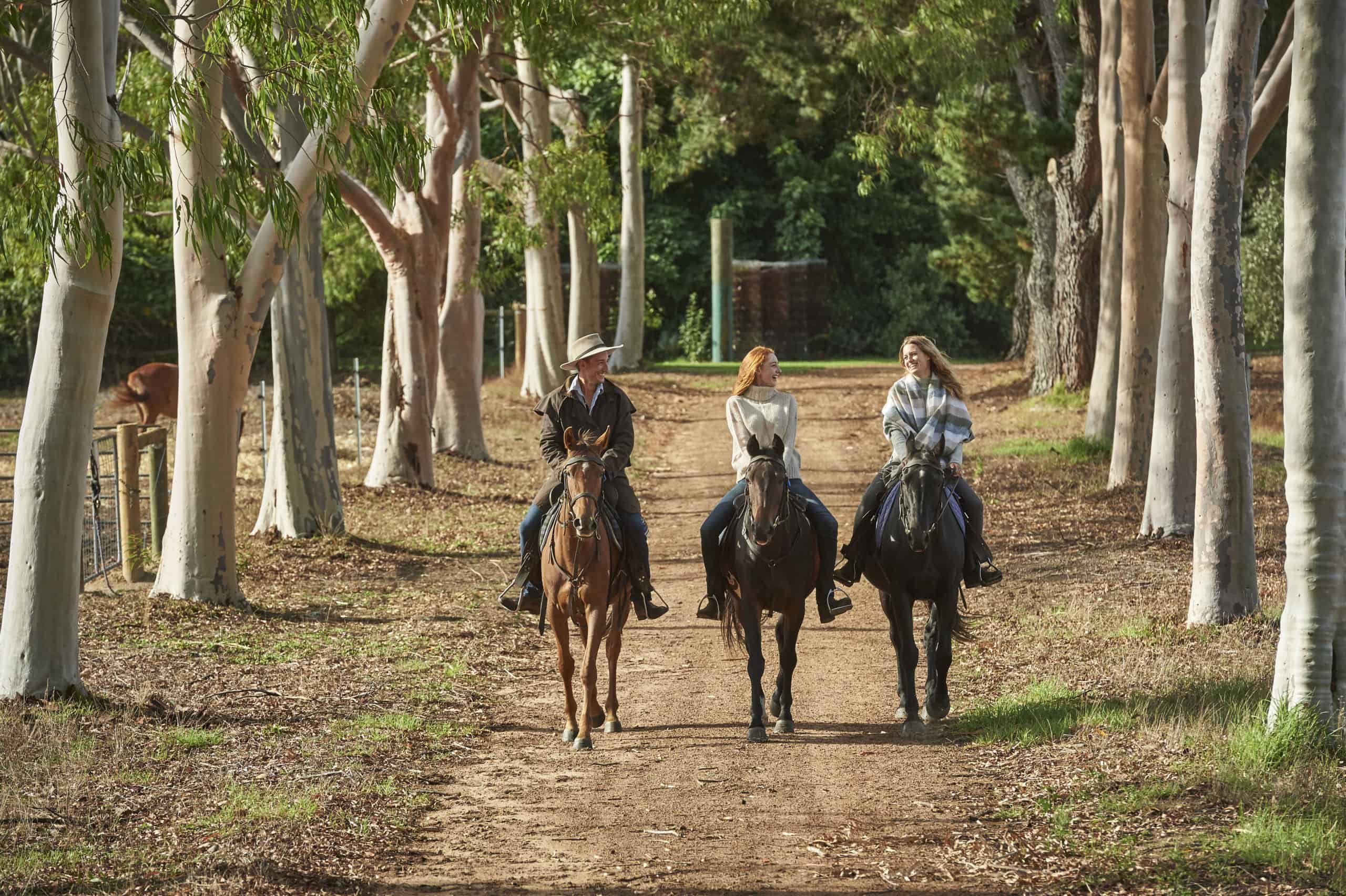
Led by the WA Strategic Trails Blueprint 2017-2021, the Western Australian Government is developing a suite of trail strategies and guidelines as part of the implementation of the Blueprint. TRC is currently working together with the WA Government and project partners in the development of specific Hiking (including trail running and bushwalking) and Horse Riding Trail Management Guidelines. The vision of the document will be to sustainably develop and manage high quality trails for the right users, in the right areas for the right reasons backed by strong partnerships and community ownership.

Last week, TRC consultants Tracey Diddams and Kain Gardner met with working groups in Perth and were supported online by fellow team member Chris Ord as our hiking, trail running and outdoor active specialist and Julie Fiedler formerly of Horse SA as our support consultant specialising in horse riding trails.
With working group participants representing both horse riding and hiking interests, our team focus was on learning:
- the values and guiding principles for hiking and horse riding trail development in WA
- likely audiences for the guidelines and the information readers will be seeking
- the different types of trails and experiences horse riders, hikers and trail runners desire
- how to appropriately apply classifications that both meet the Australian Standards while also accurately conveying the actual trail experience to maximise user safety
- the most important trail codes of conduct, especially when trails are shared by user groups.
Example of our dynamic approach to quickly learn the values, desired experiences and codes of conduct through interactive presentations that used Mentimeter to collect real-time feedback.

Our next step will be to draft WA Hiking and Horse Riding Trail Management Guidelines that are:
- Informed by best practice trail development and management from around the world
- Guided by local experience and knowledge on sustainable trail development and management within a WA context
- Provides a consistent approach to the Western Australian community for the development of hiking and horse riding trails, using principles of sustainable planning, design, construction, resourcing and maintenance techniques.
We look forward to meeting with each of the working groups again in February 2022, to further enhance the guidelines into a succinct and easy to use tool that facilitates the development of high quality and enjoyable hiking and horse riding trails across Western Australia.
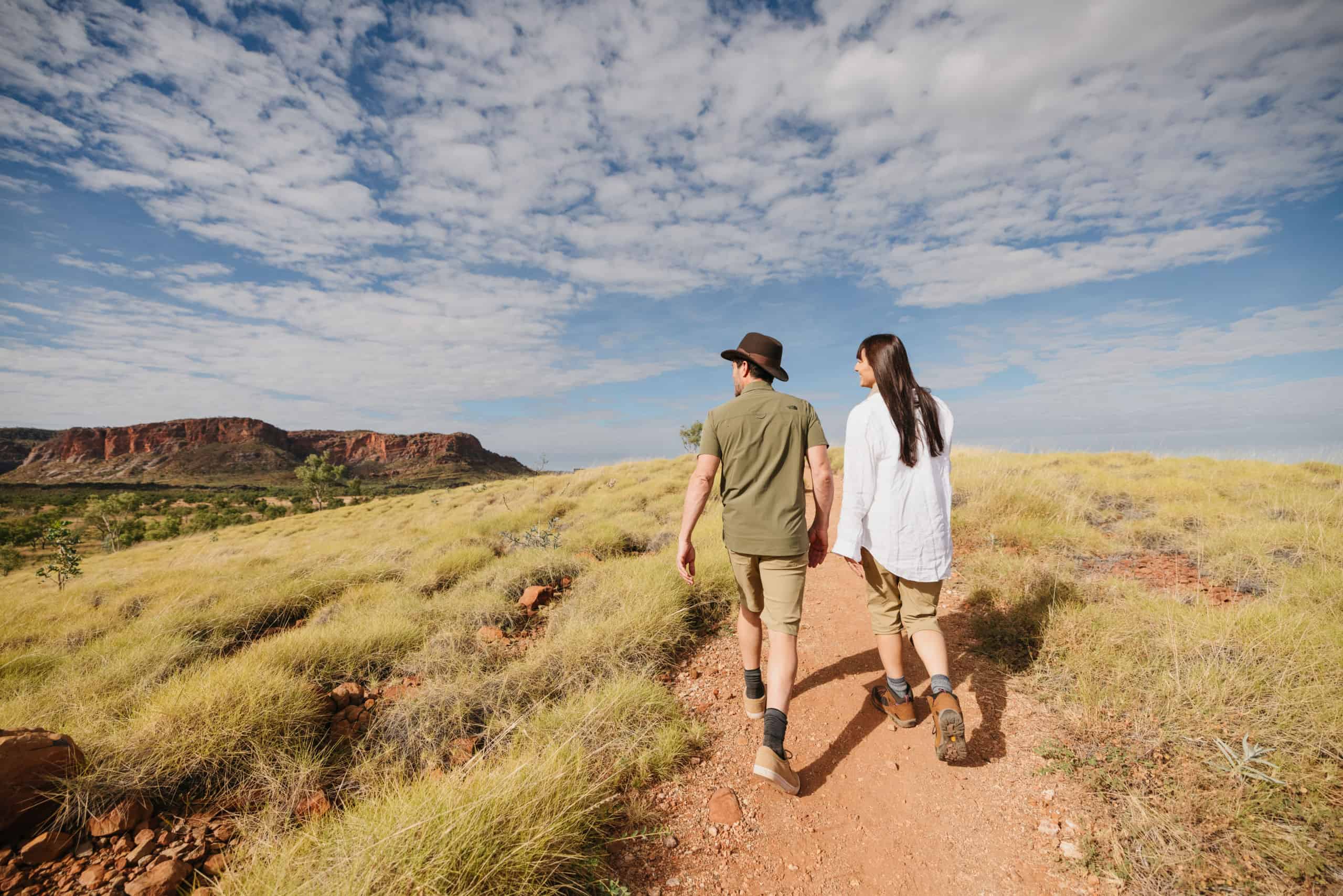
Image credit: Tourism Western Australia, Frances Andrijich Frances


